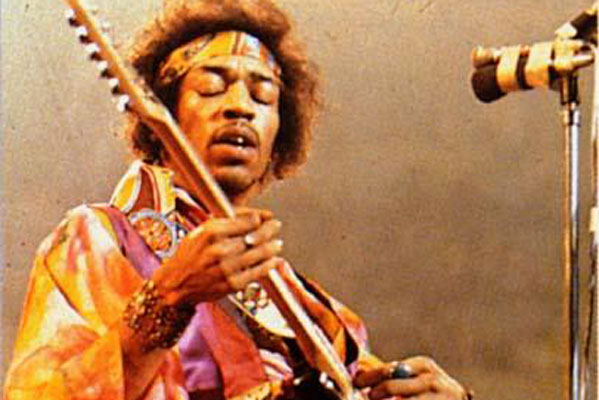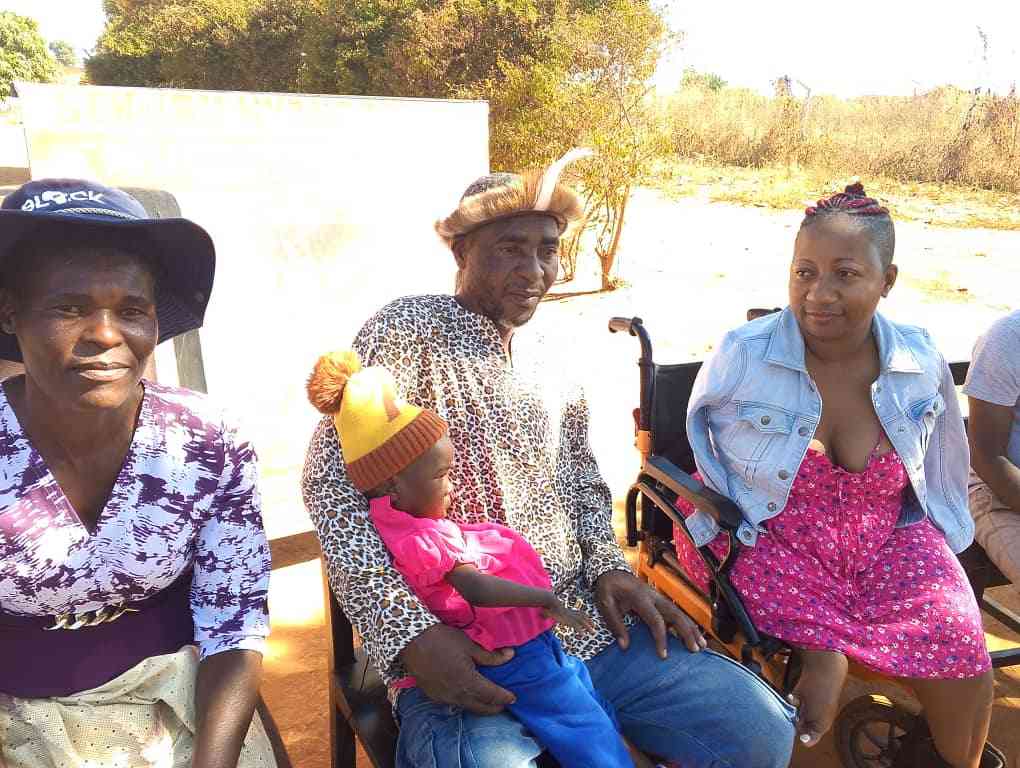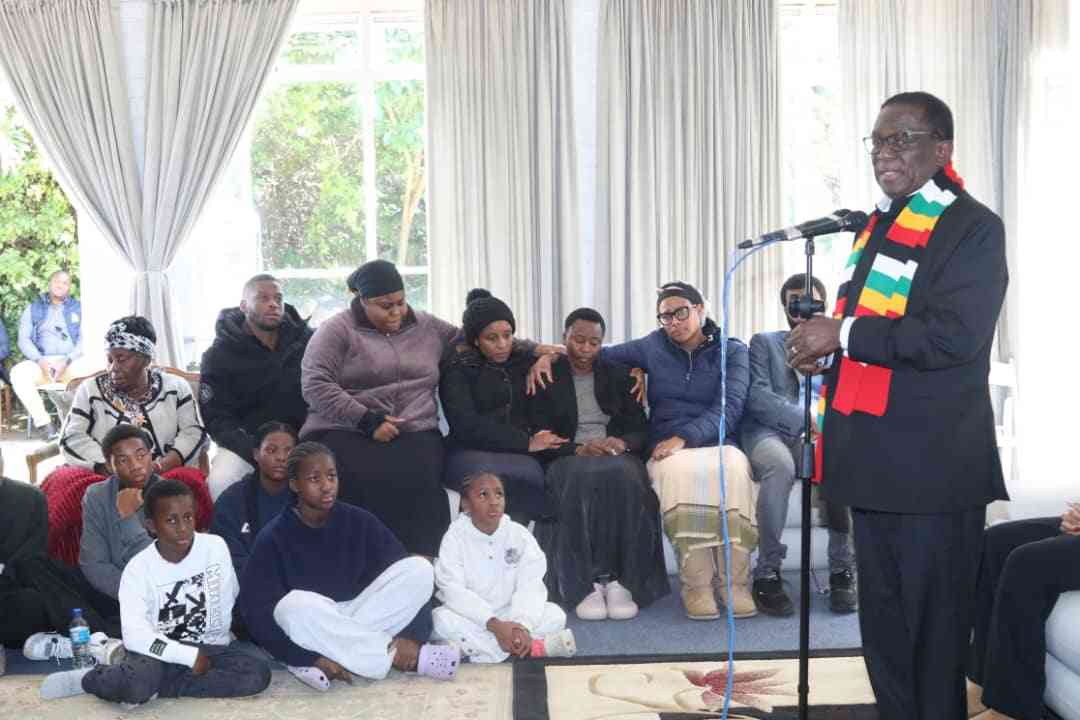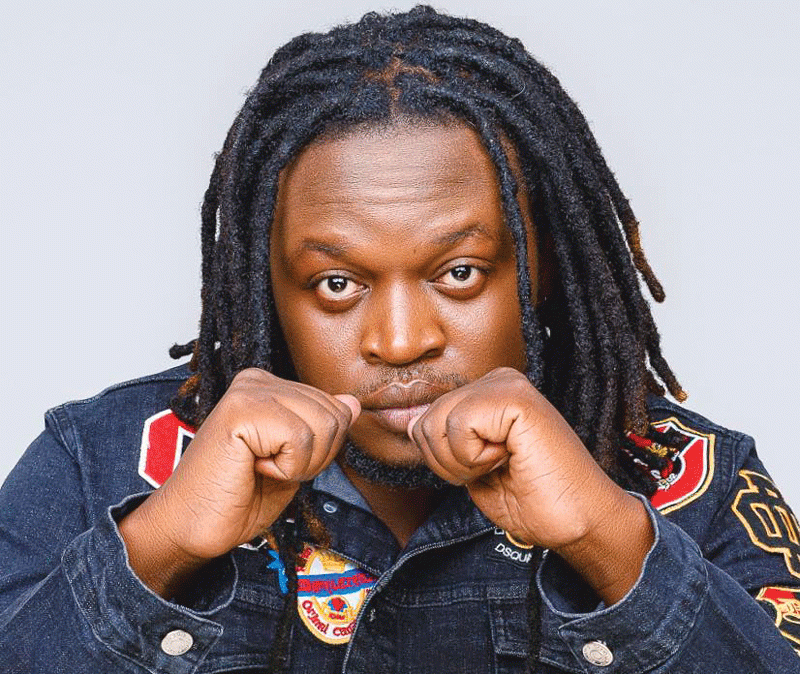
Forget Zimdancehall. Forget urban grooves. Forget sungura. Forget all the music genres you are aware of today. Have you heard of Zimbo-Rock? If not, let me take you back to the 1970s when the Blues, soul music of the 60s, rock and roll and disco music found their way into Rhodesia (Zimbabwe).
in the groove with Fred Zindi

The Rhodesia Broadcasting Corporation’s African service was at the helm of subjecting us to rock music from America and Britain. It was not European broadcasters but African DJs who were at the helm of this broadcast. DJs like Webster Shamu, Ephraim Chamba, Ishmael Kadungure, Hilton Mambo, Wellington Mbofana and Patrick Bhajila seemed to only have music from the West in their collection. African musicians who existed then were proud to play copyright music from the United States or United Kingdom. A musician was not complete if he did not play Jimi Hendrix’s Hey Joe. The early 1970s were years of rock ‘n’ roll music.
A lot of Zimbabweans in their 40s or 50s now remember the days of the Blues, rock ‘n rol’, the Twist, and soul. These concepts were borrowed from America. The radio and the record shops of the 50s and 60s were filled with the music of names like Chuck Berry, Little Richard, Ray Charles, Chubby Checker, Buddy Holly, Bob Dylan and Jimi Hendrix.
The impact of heavy metal music and hard rock associated with groups like Deep Purple, Grand Funk Railroad, Uriah Heep, Jethro Tull, Wishbone Ash and Led Zeppelin was felt everywhere in Zimbabwe and the film Woodstock which was watched by several thousands of people played a significant role in influencing the direction of music in the country. Sub-cultures and rock-influenced Zimbabweans began to form in the 60s. The youth began to dress in hippie-style fashions which were dominated by flower power outfits and rock-band contests were held in every major city.
In 1970, one of Zimbabwe’s leading music promoters, Jack Sadza, having watched Woodstock, organised a successful rock festival at Nyamanhindi Hotel, near Basil Bridge, a remote site about 30km outside Mutare. It was astonishing to see how thousands of youth of all races, whites, coloureds, Asians and Africans were united under one banner of rock music in a country that did not allow races to mix freely. Music fans who followed Eye of Liberty and Wells Fargo bands came from as far as Bulawayo (600km away), Harare (about 300km), Gweru (about 450km) to Mutare and the festival went on for three days until the police moved in to disperse the crowds. Apart from police harassment, the festival was very peaceful as the hippie clichés such as “Make love and not war” and “Peace” were the order of the day. The youths took these seriously to the extent that there was free sex across the racial and colour lines in the tents that the organisers were hiring out to the fans. Anybody who tried to cause trouble was greeted with a ‘V’ sign – (which meant “Peace” when two fingers were lifted) and this calmed them down. Apart from the music, this gathering also attracted a number of marijuana (pot, ganja) smokers and traffickers from all races. The festival was described by the Umtali Post editorial and later Rhodesia Herald as disgusting because they claimed it encouraged dagga smoking. They also reported that blacks had been seen having sex with white girls at the festival and if such festivals were allowed to continue this would mean the end of white civilisation in Rhodesia.
Indeed, the Rhodesian Parliament reacted to this promptly and a number of musicians were arrested and charged with encouraging the smoking and possessing of dangerous drugs. Some were fined and most of them were later acquitted because there was no evidence as they had all been arrested days after the festival. None of the white rock fans were arrested although it was common knowledge among the music fans present that it was the whites who had introduced LSD to the rest of the festival community. The majority of the Africans had never heard of LSD before.
Consequently, all future music festivals were banned. The groups which had participated in the festival included the Eye of Liberty, Pepsi Combo, Sweet Charity, Soul and Blues Union, Dr Footswitch, The Four Aces, The Sound Effects. The Four Sounds, Electric Mud, The 2D Sounds, Otis Waygood and The Whitstones and not even one single group played original music. The music played ranged from copyrights of Crosby, Stills and Nash, Joe Cocker, The Who and The Swinging Blue Jeans to Pink Floyd, Deep Purple, Grand Funk and Wishbone Ash. Local bands outshone each other playing copyright rock music from these Western legends.
- Chamisa under fire over US$120K donation
- Mavhunga puts DeMbare into Chibuku quarterfinals
- Pension funds bet on Cabora Bassa oilfields
- Councils defy govt fire tender directive
Keep Reading
Because of the ban on any more rock festivals, organisers started using different names for the same event. In 1972, promoter Sadza tried another festival but called it Rock-Band Contest. He was refused permission to hold it in an open air venue as before but allowed to hold it in an enclosed venue where police would have full control of the crowds. Thus, another music festival was held in Harare’s Gwanzura Stadium where guitarist, Manu Kambani, out-shone everyone by his unique guitar solos and stage act. He appeared on the front page of the next day’s Rhodesia Herald wearing a T-shirt with the words: “Jimi Hendrix is dead but Manu is alive” on it. This was one of the rare occasions when a black face appeared at the front of the White-owned national newspapers. There was uproar from the conservative whites criticising the appearance of this picture and accusing the editor of the Rhodesia Herald of lowering White standards.
For Manu, this was a very big thing in his life. Up to the time of his death, he kept that newspaper in a picture frame. Rock music influenced the black population in Rhodesia to such an extent that a good number of American-influenced rock musicians in Zimbabwe left the country to join rock bands in South Africa and England. Clifford Mataya left Zimbabwe in 1968 and formed his own rock group in London. He was signed to Virgin Records for three years during which time he released three albums plus a hit single, Keep Pushing On. Another Zimbabwean rock musician who followed Mataya’s footsteps but later in the 70s was Zeke Manyika who played drums for one of London’s popular rock groups, Orange Juice.
Around the same time as the rock-band festivals, the older generation was listening to names like Jim Reeves and Frank Sinatra. Soul music seemed to also have a cross-section of listeners of all ages and all races. Many bands and individual musicians in Zimbabwe began to sound like Otis Redding, Arthur Conley, Wilson Pickett or Sam and Dave to the extent that musicians added soul labels to their names. For example, the lead singers of some of the most popular groups like Groovy Union, Heart, Mind and Creation and Soul and Blues Union were: Soul Evans, Soul Sam, Soul Amos and Hilton Mambo who called himself “the Soulman”.
In Mutare one of the leading bands, The 2-D Sounds played nothing but soul music with the legendary lead singer Fungai Malianga as Zimbabwe’s answer to James Brown.
So, Soul Jah Love, Killer T and many other artists who boast about Zimdancehall being the in-thing, my generation can also boast about Zimbo-Rock being the best thing that ever happened during their time.
However, I must admit that Zimbo-Rock has experienced a quiet death over the years.
Feedback: [email protected]











